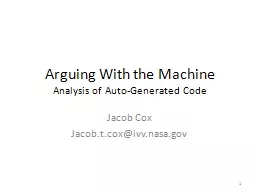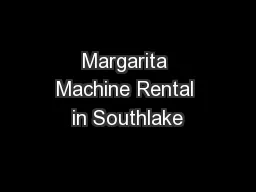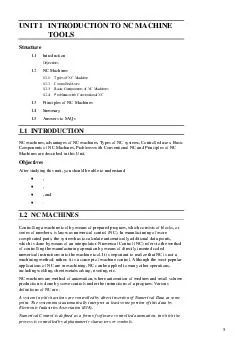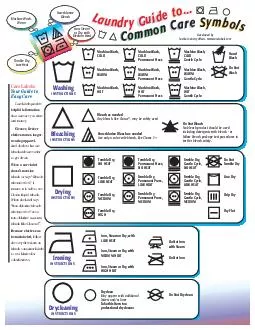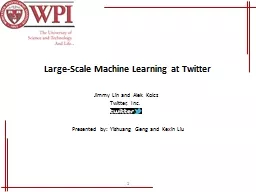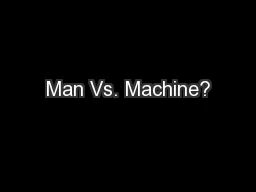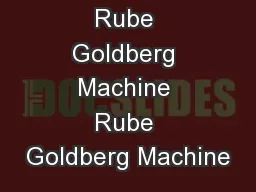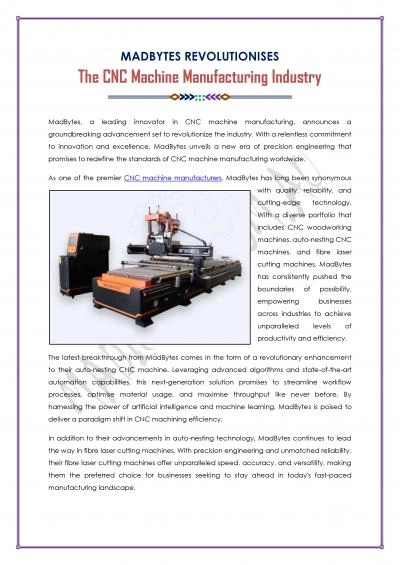PPT-Arguing With the Machine
Author : danika-pritchard | Published Date : 2018-09-17
Analysis of AutoGenerated Code Jacob Cox Jacobtcoxivvnasagov 1 Agenda Types of code verification General discussion of code generation Some experiences 2 The Simple
Presentation Embed Code
Download Presentation
Download Presentation The PPT/PDF document "Arguing With the Machine" is the property of its rightful owner. Permission is granted to download and print the materials on this website for personal, non-commercial use only, and to display it on your personal computer provided you do not modify the materials and that you retain all copyright notices contained in the materials. By downloading content from our website, you accept the terms of this agreement.
Arguing With the Machine: Transcript
Download Rules Of Document
"Arguing With the Machine"The content belongs to its owner. You may download and print it for personal use, without modification, and keep all copyright notices. By downloading, you agree to these terms.
Related Documents

